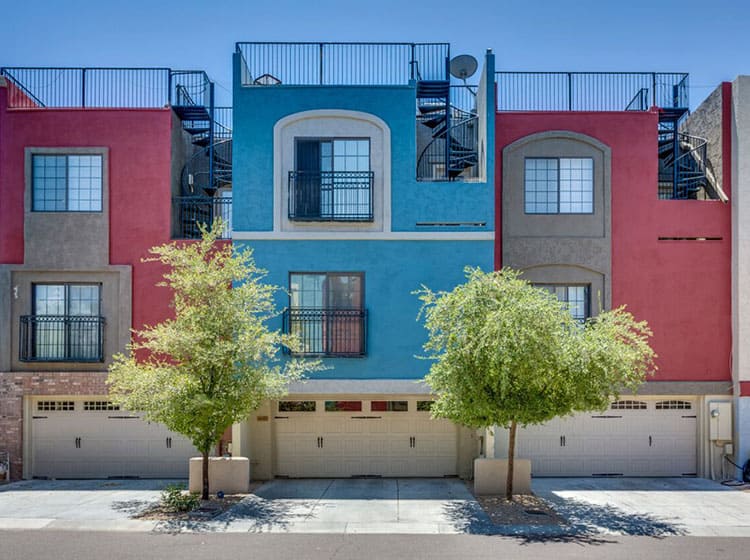Seasonal Considerations For Business Exterior Painting: What You Required To Know
Seasonal Considerations For Business Exterior Painting: What You Required To Know
Blog Article
Write-Up Writer-McLamb Skafte
When you're planning a commercial outside paint task, seasonal factors can make or damage your outcomes. You'll wish to think about just how temperature and moisture effect paint application and drying out times. Picking the best season can ensure your paint adheres properly and lasts longer. But which periods are really the most effective for this sort of work? Allow's discover the crucial elements that can influence your project's success.
The Effect of Temperature Level on Paint Application
When you're intending an industrial exterior painting job, the temperature level can substantially affect exactly how well the paint sticks and dries out.
Ideally, you wish to paint when temperatures vary between 50 ° F and 85 ° F. If it's too chilly, the paint may not heal correctly, bring about problems like peeling or splitting.
On the flip side, if it's also warm, the paint can dry as well swiftly, preventing proper attachment and causing an uneven coating.
You should additionally take into consideration the moment of day; morning or late afternoon uses cooler temperatures, which can be more desirable.
Constantly inspect the producer's referrals for the certain paint you're making use of, as they usually offer support on the ideal temperature level range for optimum results.
Humidity and Its Result on Drying Times
Temperature level isn't the only environmental element that affects your industrial external painting project; humidity plays a considerable function as well. High moisture degrees can reduce drying out times substantially, affecting the overall top quality of your paint work.
When the air is saturated with moisture, the paint takes longer to heal, which can result in concerns like bad attachment and a greater danger of mold development. If you're painting on a specifically humid day, be prepared for extended wait times in between coats.
It's vital to keep an eye on local climate condition and plan accordingly. Preferably, go for can you paint a house in the winter between 40% and 70% for optimum drying.
Keeping these consider mind ensures your task remains on track and delivers a long-term coating.
Best Seasons for Commercial Exterior Paint Projects
What's the most effective season for your business exterior painting projects?
Springtime and early fall are generally your best choices. During these periods, temperatures are mild, and moisture degrees are commonly lower, producing suitable problems for paint application and drying.
Avoid summer's intense heat, which can cause paint to completely dry also quickly, causing poor bond and coating. Likewise, winter's chilly temperature levels can impede correct drying and treating, risking the long life of your paint task.
Aim for days with temperature levels between 50 ° F and 85 ° F for optimal outcomes. Bear in mind to inspect the regional weather prediction for rain, as damp problems can spoil your job.
Preparation around these elements guarantees your painting project runs efficiently and lasts longer.
Conclusion
To conclude, planning your business outside painting projects around seasonal factors to consider can make a significant distinction in the result. By scheduling job during the suitable temperature levels and moisture levels, you'll ensure better bond and drying times. Keep in what does expired paint look like to keep an eye on local weather report and choose the correct time of year-- spring and very early fall are your best bets. Taking these steps will certainly assist you achieve a durable and expert surface that lasts.
